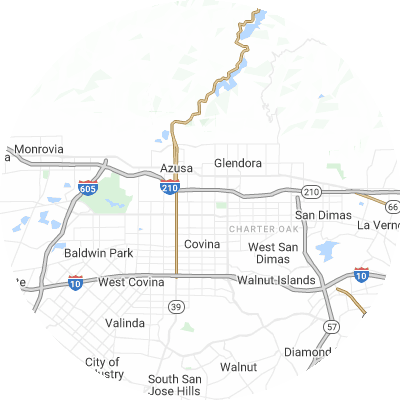Signs You May Need Gutter Guards
Gutter guards aren't always necessary, but evidence of obstructed gutters is clear. Signals of chronic gutter troubles are:
- Soggy ground or visible erosion around your foundation
- Mold growth, interior wall stains, or peeling exterior paint on walls near gutters.
- Visibly saggy, damaged, or misaligned gutters that no longer correctly direct rainwater
- Leaky seams or joints where water leaks out of gutters
- Frequent clogs that lead to overflow and water spilling over gutters
How To Choose a Gutter Guard Installer
Assess Their Experience
Providers with extensive gutter guard installation experience that have handled a wide variety of styles and models will know how to take accurate measurements and fit guards to your home’s unique dimensions. Get in touch with these providers to get details regarding their experience and ask for local references.
Verify Proper Licensing and Insurance
Check that the companies you're considering have valid licenses, bonding, workers compensation coverage, and general liability insurance. This shields you in case of any incidents that could arise. Ask potential providers for current licensing and insurance papers.
Choose Reputable Brands
Look for leading gutter guard brands such as Gutter Helmet and LeafFilter when selecting an installer. Avoid off-brand or generic no-name guards, which likely lack thorough testing.
Seek Custom Fit Services
For superior performance, gutter guards should have custom measurements and trimming on-site to match your gutters. Select a company that takes specific measurements and trims guards for your house instead of using universal guards. Well-fitted guards prevent debris-trapping gaps from forming.
Examine Warranties
High-quality gutter guard installers usually provide 20-year or lifetime warranties that cover clogs, leaks, rust, and other defects. Before picking a provider, closely inspect its warranty terms for workmanship and materials guarantees. Warranties are the best way to protect your investment into your gutters.
Check Reviews and Referrals
It's a good idea to research online reviews on the Better Business Bureau (BBB), Google Reviews, Yelp, and other review sites to find customer feedback. Ask neighbors which companies they recommend for quality local gutter guard installation. When researching, look for providers with consistently good feedback rather than just a single recommendation.
Types of Gutter Guards
There are six most common gutter guard types. These include the following:
- Brush guards are made of large brush bristles that sit inside your gutters, allowing water to pass through while catching debris. Brush guards cost roughly $4.03 per linear foot.
- Foam guards consist of pieces of foam that are placed in your gutters to block debris. They're lightweight and easy to install. On average, you can expect to spend $2.45 per linear foot for foam guards.
- Screen guards have large holes that allow water to pass through while stopping debris. Screen guards cost roughly $4.10 per linear foot.
- Mesh guards have smaller holes than screen guards and similarly block debris while letting water filter through. Mesh guards are durable and help debris slide off rather than sit on your gutters. On average, you can expect to spend $3.91 per linear foot for mesh guards.
- Micro-mesh guards have even smaller holes than mesh guards, allowing even less debris through than mesh. They are very effective. On average, you can expect to pay $5.00 per linear foot for micro-mesh guards.
- Surface tension guards, also called reverse curve guards, use surface tension to encourage water to flow into your gutters while debris slides off. Typically, they will be visible from the ground. Surface tension guards cost roughly $3.03 per linear foot.














